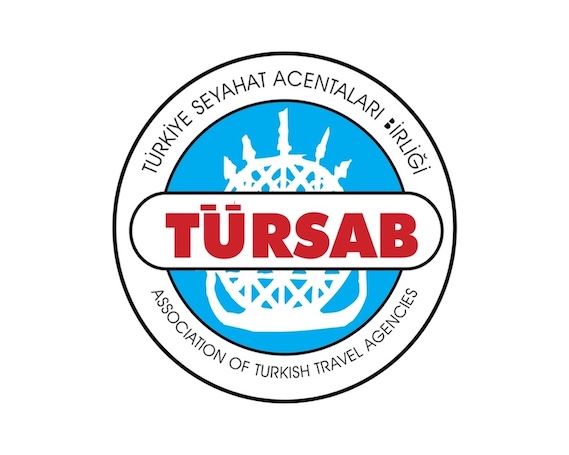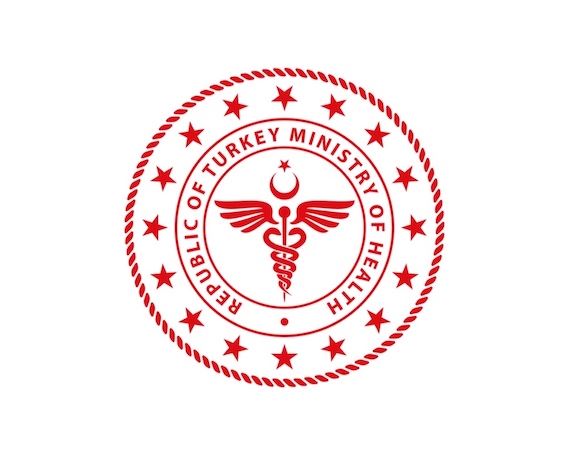VERGLEICHEN SIE DIE KLINIKEN,
UND BUCHEN SIE ONLINE
Flymedi: Vergleichen Sie akkreditierte Kliniken und buchen Sie online. Die sicherste Art der medizinischen Versorgung in der Türkei. Von über 100.000+ Patienten weltweit vertraut.
Oder aufgeführte Behandlungen durchsuchen:
Plastische Chirurgie Haartransplantation Zahnmedizin Bariatrische Chirurgie Augenpflege OnkologieBeliebte Behandlungen

Beliebte Behandlungen
WIE KANN FLYMEDI IHNEN BEHILFLICH SEIN?

7/24 Persönliche Unterstützung während Ihrer Reise

Tailor-made All-Inclusive Treatment Package Options

Sonderrabatte und Vorteile für Flymedi-Patienten

Genaue Beratung durch erfahrene Gesundheitsberater

Optionen für medizinische Kredite und Krankenversicherungen
Akkreditierungen
Wir listen nur Kliniken und Krankenhäuser auf, die über wertvolle internationale Akkreditierungen in der Medizin verfügen

JCI
(Joint Commission International)
ISO
(International Organization for Standardization)
NCQA
(National Committee for Quality Assurance)
MTA
(Medical Tourism Association)
TÜV
(Technical Control Unit)
TEMOS
(Excellence in Medical Tourism)
TURSAB
(Association of Turkish Travel Agencies)
MOH
(Republic of Turkiye Ministry of Health)TÜRSAB – Transaktionen auf flymedi.com werden von MIRAC SARA TOURISM abgewickelt, einer bei TÜRSAB registrierten Reiseagentur der Gruppe A (Zertifikatsnummer: 12276).




